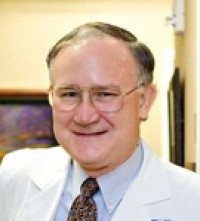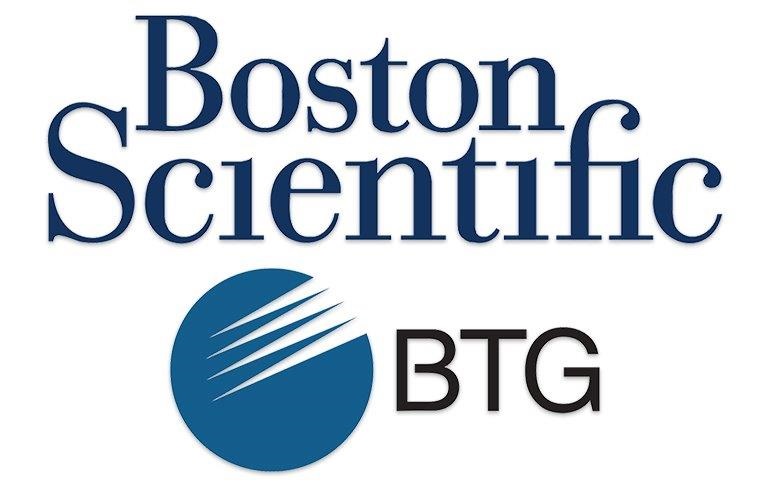By Stephen F. Daugherty
One of the most remarkable aspects of the COVID-19 crisis in the United States is the very different experience depending upon where one lives and practices medicine.
As of May 10, the county in which I live and practice in Tennessee has experienced two tragic COVID deaths, the last of which was on April 7, and hospital inpatients peaked at five in our county of 209,000 serving a population of about 400,000. The peak simultaneous ventilator use in our county was three. We have had 147 positive COVID tests reported in our county.

The rate of COVID-19 positive patients in New York City relative to our county is 25 times as many adjusted for population and the death rate in New York City adjusted for population is 181 times that of my county in Tennessee.
Eighty-five percent of the COVID deaths in Tennessee are patients over 61 years of age. Among the many factors that may account for the great regional variation in infection and death rates are population density, proximity to large volume international travel hubs, age, co-morbid conditions, poverty, nutritional status, access to healthcare, and genetic variation.
Unfortunately, the fear generated by reports from other countries as well as early hotspots of infection in the United States and the many unknowns about the pandemic resulted in a colossal economic catastrophe for much of the country with the loss of 30 million jobs over the past month and an unemployment rate which likely is over 20 percent.
Since February, I usually participated in several conference calls per week with colleagues, many of whom practice in the regional COVID hotspots. I heard their first-hand accounts of the tragedy and their personal struggles dealing with COVID patients and working in the COVID hospital crisis environment.
Some of them and their loved ones developed the COVID illness. We all feared that our hospital systems would not have the resources — personal protective equipment, ventilators, ICU beds, nurses, respiratory therapists, physicians, and many others – to meet the expected surge of critically-ill patients in our population with no natural immunity to COVID.
The Centers for Disease Control and Prevention began issuing recommendations which seemed appropriate for areas with significant COVID exposure and many of us assumed that the COVID pandemic would reach our geographic region.
The concept of aggressive closure of society for social distancing was advanced as a means of reducing the peak demand for hospital resources. Governors across the country were encouraged to shut down the economy with the mantra that the economy would be re-opened as the threat of a hospital crisis passed.
In many parts of the country, the economy was shut down even though there was no local diagnosis of COVID and many of those areas still have few documented infections even as testing has become much more available.
It turns out that the death rate in much of the country is very different from the reports from overseas and from the American hotspots. Some of this may be because we have learned from the early experiences elsewhere and it is likely that some of the least-affected areas will become hotspots eventually.
Our governor announced on March 23 that all elective procedures in hospitals and surgery centers would be prohibited effective the next day. This prohibition later was extended to include physician offices and involved all “procedures.” The policy was applied statewide at a time when most counties in Tennessee still had no diagnosed positive COVID test. The governor’s order was allowed to expire on April 30 in 89 of 95 counties and elective procedures now are available to our patients.
We followed the reports of COVID spreading in the Wuhan region and began building a small stock of supplies for our office vein procedures anticipating a potential supply disruption for products from China. We did not anticipate the severity of the supply chain disruption, but our purchases in January and February reduced the stress on us as we reopened recently for procedures.
The governor’s action with less than an 18-hour notice to stop elective procedures was a surprise to us and we found ourselves cancelling elective office vein procedures in a community that was not yet significantly affected by COVID.
In mid-March, we began implementing the now common office infection reduction and social distancing strategies. We already practiced a high level of care as a surgeon’s office in which invasive procedures are performed.
We incorporated severe limitations on access to the office, closure of the waiting room, daily screening and temperature checks of all staff, use of face masks by patients and staff, frequent handwashing, more frequent disinfection of frequently-touched surfaces, and six-foot spacing between people except as necessary for patient care.
We acquired the technology to do telemedicine visits and we worked to educate our patients at the office and by telephone and social media about the availability of telemedicine visits for some of their care.
All patients undergo telephone screening the day before and immediately prior to entry to our office. Patients are asked to wear their face mask before they enter the suite and their temperature is recorded before they are escorted from the front door to the exam room. Upon reaching the exam room, the patients are asked to wash their hands with soap and warm water for at least 20 seconds under the observation of staff. We obtain COVID PCR testing prior to performing venography and potential deep vein procedures.
Our vascular technologists wear isolation gowns for every exam and all clinical staff have N95 respirators, face shields, bonnets, and shoe covers available if there is concern about a patient who may have respiratory symptoms. We wear surgical scrubs in the office and staff are asked to shower immediately upon arriving home from work.
The air handling system in the office draws return air from each room through a ceiling vent and the air is passed through a UV light followed by HEPA filtration. This is expensive to maintain but we have used this system in our office since it was built in 2008.
My clinic is a local site for the largest physician-owned medical practice in Tennessee with about 250 physician employees. Because we have more than 500 employees, we are not eligible for the Paycheck Protection Program (PPP) of the Small Business Administration.
Our only option to reduce salary expenses during the governmental-imposed elective surgical shut-down was to furlough two-thirds of our staff. The CARES Act provides $600 per week in Federal supplemental unemployment benefits to furloughed staff for a maximum of four months. As we analyzed the situation, we openly discussed with our staff the unprecedented and unknown nature and duration of the challenges.
We foresaw severe deficits arising from loss of more than 80 percent of our revenue with substantial fixed costs for office lease; notes on office expansion construction and the office-based laboratory imaging equipment; and maintenance of equipment, computers, and telephone systems.
We discussed potential cost-cutting measures with staff and their roles in efforts to save our practice (and their workplace) from the financial stress of a (still) unknown duration. Some were asked to work even harder by coming to work to see a few patients in a very different way from their customary function, to develop telemedicine capabilities and to plan for regrowth of the practice. Others were asked to help by accepting a furlough with the commitment to bring them back to work as the patient volume justifies it.
We are very busy for the first half of May performing procedures that were delayed by the governor’s order. New patients are starting to schedule visits, though the volume is well below our customary volume. We hope to continue re-growing the practice, but there are many potential issues that we may face in the near future:
- The patient demand for care and comfort in spending dollars for care may be slow to grow.
- COVID remains a threat until herd immunity exists and a surge in regional infections could result in future closures.
- One or more employees may develop infection, which could result in short-term closure and absence of key personnel may limit productivity.
- Supply disruption remains a problem and likely will remain so for at least several months.
- The cost of personal protective equipment and cleaning/disinfection supplies and office adaptation AND staff time to deal with COVID are not factored into reimbursement.
- Office workflow is less efficient due to social distancing and infection prevention practices.
The COVID crisis is more of an economic one to many of us at present, but it could become a medical crisis in our communities or among our loved ones. Financially marginal practices will close. Even those of us in “fly-over country” will be very challenged as we adapt to provide the best possible care to our patients. VTN
Stephen F. Daugherty, MD, FACS, FAVLS, RVT, RPhS, is the medical director at the Vein Care Centers of Tennessee in Clarksville. He serves on the board of the American Vein and Lymphatic Society, and as chairman of its Healthcare Policy and Advocacy Committee. Dr. Daugherty is also an active member of the American Venous Forum, and a member of the Society for Vascular Ultrasound, American Medical Association, and Tennessee Medical Association.



